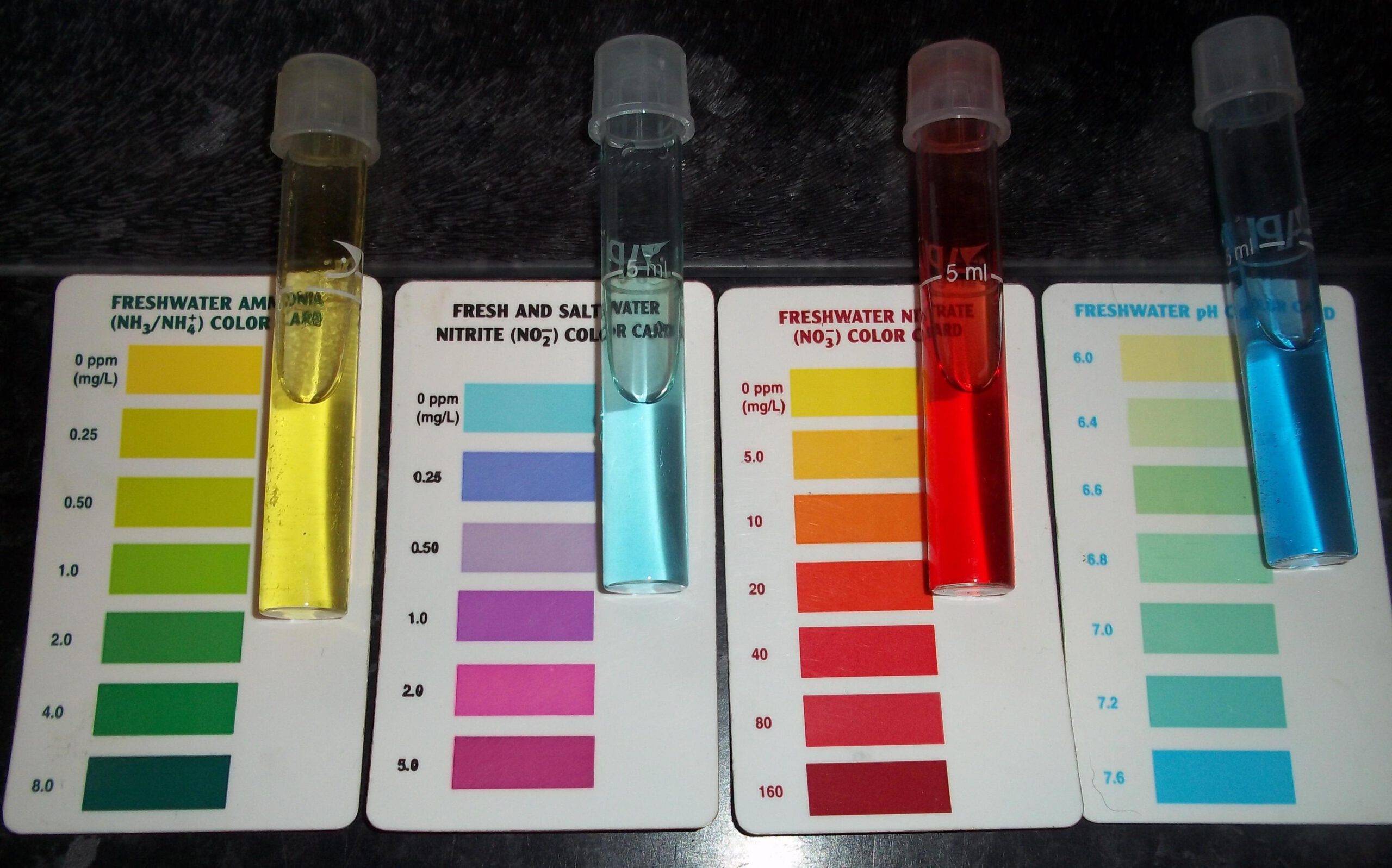As water moves across the earth, it picks up different kinds of contaminants. Water Quality Testing Near Me ensures that people can drink healthily and industry can operate without impediments caused by off-spec water.
Home testing kits can measure physical parameters like temperature, turbidity, and the content of dissolved solids. They can also check for chemical characteristics like pH, hardness, and radioactive substances.
Water temperature has a big impact on both the chemical and biological characteristics of surface water. It affects dissolved oxygen levels, the photosynthesis of aquatic plants, and the metabolic rates of organisms living in the water, as well as their vulnerability to diseases and pollutants. It is a physical characteristic that can be measured with a normal thermometer (digital or not). Modern probes used for monitoring water quality often include a temperature sensor.
Typically, the lab that does your water testing will provide a report that is similar to the one in Figure 1. The report will list all of the contaminants tested and note which ones exceed PA DEP drinking water standards. It will also list the concentration of each contaminant. Concentrations are usually expressed in milligrams per liter of water but may be reported as parts per million. One part per million is approximately 0.03 of a teaspoon of sugar dissolved in a bathtub full of water.
A home inspector can perform a basic water quality test using several types of handheld digital instruments and simple field procedures. These portable units trade the sophistication and precision of laboratory equipment for practicality, but they require training and calibration to get accurate results. Luminescence tests are quick screening devices for bacteria, and electrochemical testers measure the pH, dissolved solids and salt, and dissolved oxygen.
Home inspectors can offer water quality testing as a quick and easy add-on to their standard home inspection services. This service can be performed at the same time as a visual inspection and does not require the use of special or expensive equipment. This is an excellent way for a home inspector to differentiate themselves from competitors who do not offer it.
Water Hardness
Water hardness is measured by how much calcium and magnesium are in a sample of water. These minerals aren’t a health issue, but they can make it difficult to clean dishes and can cause mineral buildup in pipes, hot-water heaters, boilers, and washing machines. Fortunately, you can test the hardness of your home’s water using a simple kit or strips and take steps to improve it if necessary.
The most common way to determine your water’s hardness is to ask your local water utility about its levels. They are legally required to send you a copy of your water quality report. You can also find these reports on the water utility’s website. However, the hardness levels on these reports may not reflect your water’s actual level because they are tested before the water leaves the water treatment facility and can sometimes increase or decrease by the time it gets to you.
When you test your water hardness with a strip or kit, follow the instructions carefully to get an accurate result. You can usually read the results in degrees of hardness (dGH, degDGH), parts per million (ppm, mg/L, or American ppm), or grains per gallon (gpg).
You can also use a hardness meter to test your water, but it can be more expensive and may require specialized equipment. To calculate your water hardness number, you need to know how much calcium and magnesium are in your water sample and then divide it by 17.1 to get the hardness in gpg. This calculation also takes into account the effects of iron in your water, which is called compensated hardness, or CH. The higher the CH, the more difficult your water is to use at home.
Water pH
The pH of your water determines its acidity or alkalinity, and it is one of the conventional variables that indicates overall water quality. Excessively high or low pH values can be harmful for water consumption as well as corrosive to water pipes. Low pH levels can also increase the solubility of heavy metals and make them more toxic to humans.
The best way to test the pH of your water is to use a digital meter, but you can also buy single-use at-home kits that include a strip to dip into your water sample. The meter uses a probe to measure the hydrogen-ion activity of your water, turning its ions into a voltage that it converts to a readable number. The advantage of using a meter is that it reduces the chance of error by the person testing the water. Different people see colors differently, and a meter eliminates the risk of errors caused by handling or storing test strips incorrectly.
Generally, you want to have your water’s pH level around 7. A pH below this may indicate acidic drinking water that is detrimental to health and may damage the metal pipes in your house. Acidic water leaves a metallic taste in drinking water and can leave deposits on dishes, utensils, and laundry basins. It can also reduce the effectiveness of chlorine disinfection and increase the toxicity levels of heavy metals like lead and mercury.
Ideally, you want to test your water’s pH on a regular basis to ensure it stays at an optimal level. The pH of your water can change due to a variety of factors, including atmospheric gases and temperature. It’s important to keep this in mind when comparing the results of previous tests.
Total Coliforms
Coliform bacteria are a large group of different organisms. They include feces and E. coli. coli. coli, which are types of bacteria that are known to cause diseases in humans and animals. Testing for these bacteria, called indicator organisms, is the most common way that water quality is tested. Indicator organisms are easier to identify, are usually present in much larger numbers than harmful pathogens, and respond to the environment and water treatment the same as many other organisms.
Water samples are collected at various points in the water distribution system and sent to the lab for testing. The type of sample taken and the frequency of tests will vary depending on the size and type of the system and jurisdictional requirements. When a sample shows the presence of coliform bacteria, the water system should collect additional, or “repeat,” samples and inspect the entire distribution system to determine the source of the contamination.
Because total coliforms are found in both fecal and non-fecal environments, they are often present in raw surface or groundwater obtained from unprotected or geologically vulnerable aquifers or watersheds. Therefore, monitoring for total coliforms in these sources does not give any information on the quality of the water from the perspective of health risk.
In disinfected residential-scale drinking water systems, a positive result for total coliforms is an operational indicator of the adequacy of the disinfection process. A positive result for fecal coliforms, on the other hand, indicates that the well is either prone to fecal contamination or that bacterial regrowth is occurring within the well or plumbing system. In both cases, the water system will typically issue a boil-water advisory to all of its customers until the problem is identified and corrected.
Other germs or harmful chemicals
Many germs and chemicals in drinking water are harmful, especially for infants, children, pregnant women, and people with weakened immune systems. The Environmental Protection Agency (EPA) requires water utilities to test and address these contaminants. Private well owners can also test their water to make sure it’s safe to drink. You can purchase test kits and strips that will test your water for specific chemical contaminants. These tests work by changing color to show the presence of a particular chemical. They are not as accurate as professionally run tests.
Some of the physical parameters that are tested for water quality include temperature, color, taste and odor, turbidity, and the content of total dissolved solids. Water can be tested for a variety of chemical properties such as pH, hardness, dissolved oxygen, biochemical oxygen demand, and chemical oxygen demand. Water can also be tested for a variety of organic and inorganic chemicals such as chloride, nitrates, iron, and radium.
The most dangerous contaminants in drinking water are heavy metals and chemicals such as lead, arsenic, cadmium, mercury, atrazine, and disinfection byproducts. These are typically found in rocks and soil that leach into groundwater. Other contaminants can come from human activities such as oil spills, garbage dumps, chemical leaks, and sewage and manure seepage.
If you get results that show fecal coliform bacteria or E. coli, coli in your water sample, you should call a public health inspector or other water treatment professional. They will help you interpret the test results, advise on how to respond and protect your family’s health, and determine if your water should be treated. They may also recommend that you test your water more often if previous samples have shown a high number of coliforms and E. coli. coli. coli.




